Camera Phone vs Digital Camera:
What is the Difference?
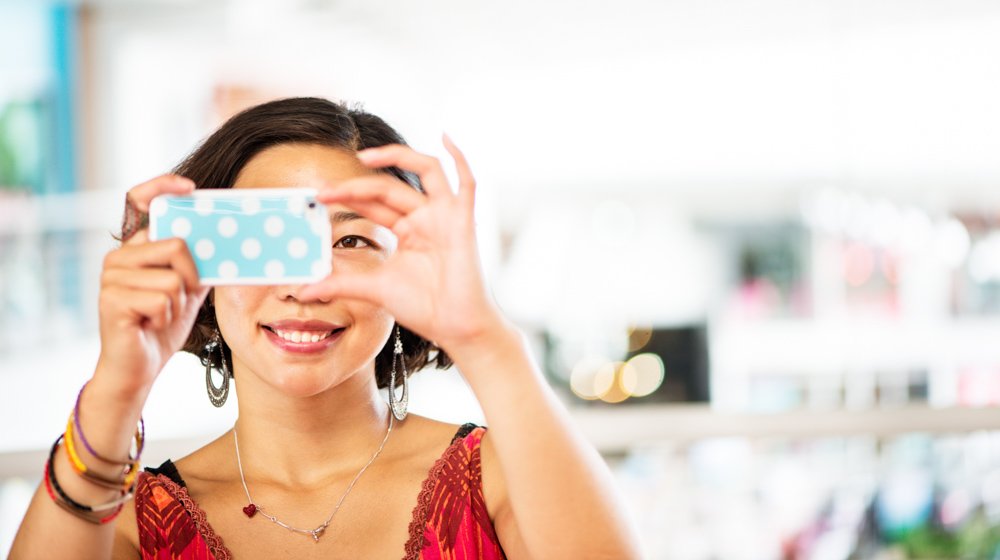
by
Kevin Landwer-Johan
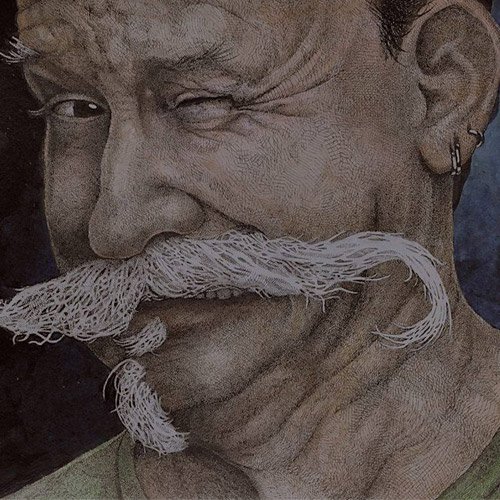
Camera Phone vs Digital Camera? This is a common question. It’s usually asked by people who don’t own a digital camera.
In this article, I’ll address the main differences in taking photos with your phone and with a digital camera. If you’d like to learn more about how to take photos with your camera when you’re making the switch from using your phone, check out this FREE course.
Convenience vs quality. This is the biggest difference between a camera phone vs digital camera. Your phone is c /small, compact and always with you. One of the biggest
ASzbenefits of a DSLR is the quality images it can produce.
There’s no such thing as a DSLR camera that’s as easy to use as an iPhone camera. There’s also no such thing as a DSLR quality camera phone.
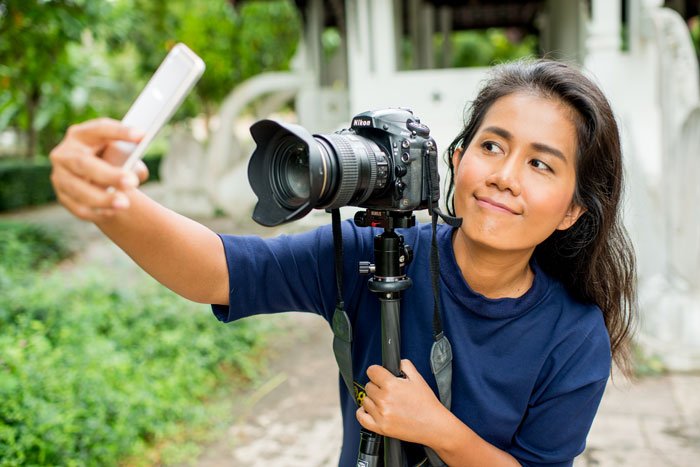
Camera Phone vs Digital Camera Sensor Size
Smartphone camera sensor sizes are tiny compared to DSLR cameras and mirrorless cameras. This is one of the main differences in camera phone vs digital camera. Even the high-end point and shoot cameras have larger sensors. By size, I am not meaning pixel count, but the actual physical size of the sensor.
You might have a smartphone with a 48-megapixel sensor, but it measures less than 5 mm, (0.2 inches) wide. This means your 48 million pixels are only 0.8 microns. Tiny. In a DSLR or mirrorless camera with a 48-megapixel sensor, the pixel size is much larger. A ‘full-frame’ sensor measures 36mm (1.41 inch) wide. Each pixel is bigger and more responsive to light.
More pixels does generally mean more detail is captured. But often this becomes irrelevant. Most photos taken on iPhones end up on Facebook or Instagram. These platforms compress your photographs down to around 2 megapixels. So you’re throwing away 46 megapixels worth of information.
Capturing more detail with more pixels means you can print your photos bigger. Yet, you will notice a loss of quality once you start manipulating smartphone photos. Imaging apps like Snapseed or Afterlight can degrade your photo quality. This becomes much more evident once you enlarge your pictures beyond the size of your phone’s screen.
Smartphone Lenses Compared to Camera Lenses
The best smartphone lens is no match for any reputable DSLR or mirrorless camera lens. Again, size makes the difference.
Mobile phone lenses, like their sensors, are tiny. They are as small as 4mm wide and 0.2mm thick. This inhibits their ability to produce high-quality photographs. Convenience is again in their size. It’s much easier to pack your phone than it is your DSLR with a big zoom lens attached.
Smartphone lenses are typically made of molded plastic, not glass. Many lens manufacturers famous for their glass have partnered with smartphone companies. They produce pressed plastic lenses, not glass ones. These are often manufactured by third parties to limit costs. They are cheap and no real comparison to any quality camera lens.
Along with the sensor, the lens makes the biggest impact on image quality. This is another major consideration in thinking about camera phone vs digital camera. The better your lens, the higher quality photographs are possible.
The benefits of DSLR and mirrorless camera lenses is their quality. You can also zoom or change them for a different focal length.
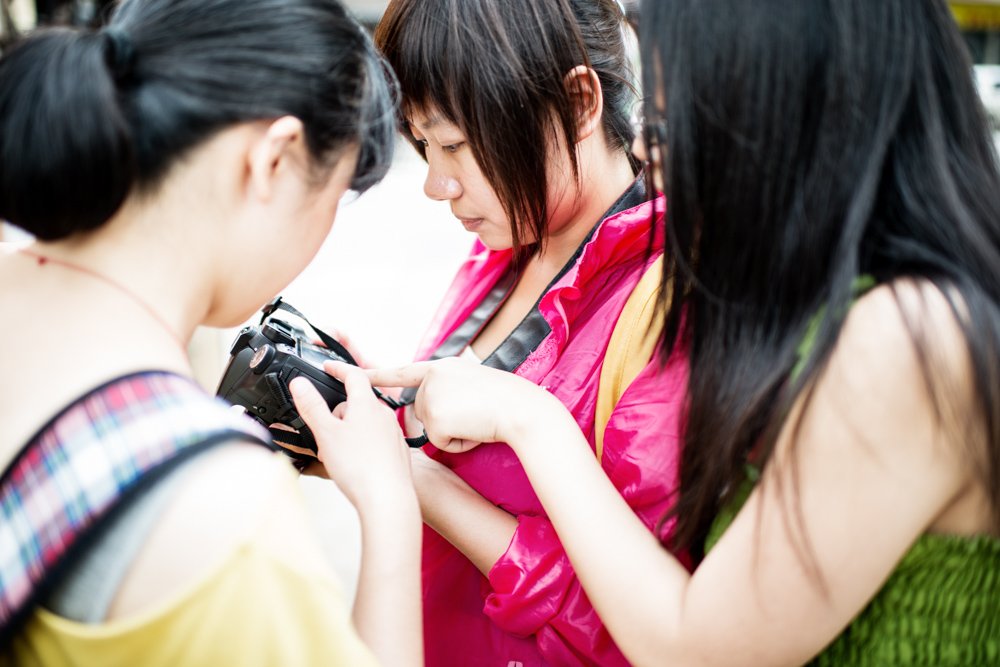
Camera lenses all incorporate controls for:
- sharpness,
- distortion,
- vignetting
- chromatic aberration
In smartphones, these issues are often dealt with digitally. This does not provide the same quality image.
Using an optical zoom, or changing your camera lens makes them more flexible than a phone camera. Most phones have wide angle lenses. These are great if you are close to what you’re photographing, but do not have the reach of a good optical zoom. Using the digital zoom on your phone is not worth it. The image quality is drastically reduced when you do.
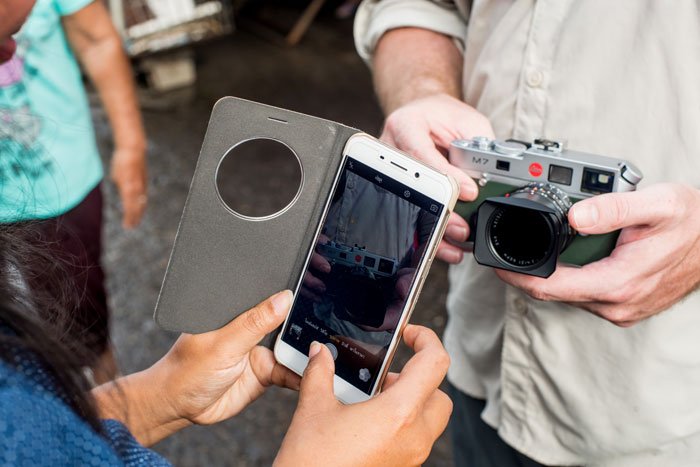
Smartphone vs DSLR Image Processing
Smartphone camera sensor size is a big disadvantage when it comes to quality. An iPhone camera vs DSLR for real depth of quality is no real comparison. Backend software manipulation makes smartphone camera pictures look so good. As this technology advances in phones, it also advances in digital cameras.
Phones are packed with image processing algorithms to compensate for the tiny sensors and lenses. This software manipulates your photos to make them look how the software decides is best. Often this produces good results, but sometimes it doesn’t.
When lighting conditions are poor smartphone cameras often produce poor results. Confined to viewing on your phone’s monitor they may look okay. But once you enlarge them the flaws become evident.
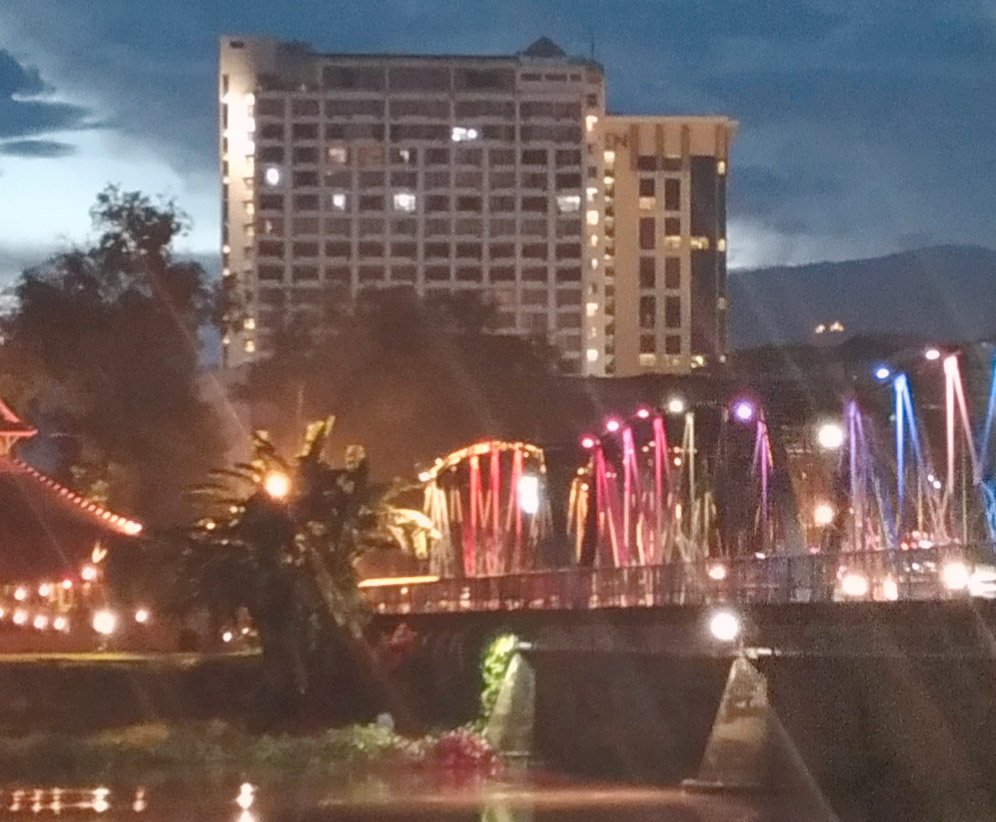
This image was taken at dusk shortly after the street lights came on. It is an example of how my phone has not managed to render the detail well. On my phone screen it looked okay, but here, enlarged to 100%, you can see that it’s not sharp. The details are lost.
Digital noise is also a big problem in this photo. This happens because the small sensor is not able to manage the low light. The software on the camera has not been able to successfully render the photo well.
External App Problems with Smartphone Photographs
Even when the light is good and you use filters on smartphone photos, the quality is adversely affected. Small amounts of filtering don’t often damage the image quality, but you need to take care not to push the extremes.

In this phone photo of the view from our home, I added some filtering using the popular Snapseed app. There was plenty of light when I took the photo so the quality was good. Once I applied the filtering the image quality broke down.
When the Light is Poor or Challenging
As I illustrated with the photo above taken at dusk, smartphones don’t manage low light situations well. This was also a problem with the earlier DSLR cameras. As sensor sizes and quality have improved, cameras have become more capable of producing photographs in very low light.
Light is the essence of photography. With no light, you cannot take a photograph. The lower the light, the more difficult it is for digital cameras to produce high-quality results. Even our eyes do not see so well when the light is low.

Larger sensor sizes, better quality high ISO options, and improved software have helped overcome these issues.
Backlighting is one of the most challenging lighting conditions. A greater amount of light behind your subject will often fool your exposure meter. Your subject can end up looking too dark.
Adjustments for exposure can be made with both digital cameras and smartphones. This is much easier on a good quality DSLR or mirrorless camera. You need to override the automatic metering function and set your exposure manually. You can also use exposure compensation if your camera is set to one of its auto exposure modes.
Using your smartphone or iPhone to compensate for strong backlighting is possible. But often means a loss of image quality. To do this on most phones you simply press and hold on the point where you want to focus. A slider appears which you can use to alter the exposure so it looks the way you want it to.
Controlling your phone’s exposure in this way may mean the ISO or shutter speed is changed. A higher ISO will mean more digital noise and a loss of quality. A slow shutter speed can result in blurring if you don’t hold your phone completely still when taking the photo.
When the light is low or challenging digital cameras manage the conditions better. This is because of their larger sensors and higher quality lenses.
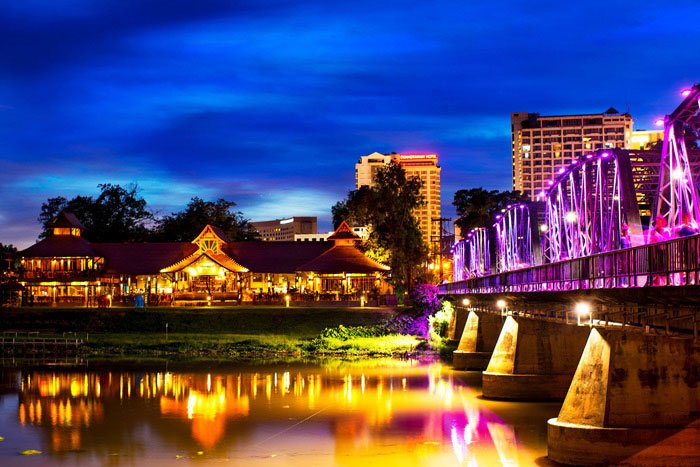
Making That Nice Soft Background
DSLR and mirrorless cameras can make photos with soft backgrounds far more effectively than iPhones can. The reasons for this come right back to sensor size and lens quality.
Cameras and smartphones with small sensors cannot create photos with nicely blurred backgrounds. At least not the same way cameras with larger sensors can. Size matters.
Smartphone cameras must use a combination of lenses and/or software manipulation to blur backgrounds. Take a look at this article to find out how Google’s single lens Pixel camera produces this effect. Results I have seen from the latest iPhones have been unimpressive. This technology needs a lot more development.
Cameras with larger sensors can make this type of photo with a single lens and no software.
The other main advantage cameras have over smartphones in this area is the quality of the lenses. Camera lenses are not so restricted as iPhone lenses. The wider the lens, either on a phone or a camera, the more difficult it is to achieve a good blurred background. Also, the wider the maximum aperture is on the lens the easier it is to achieve this soft look.
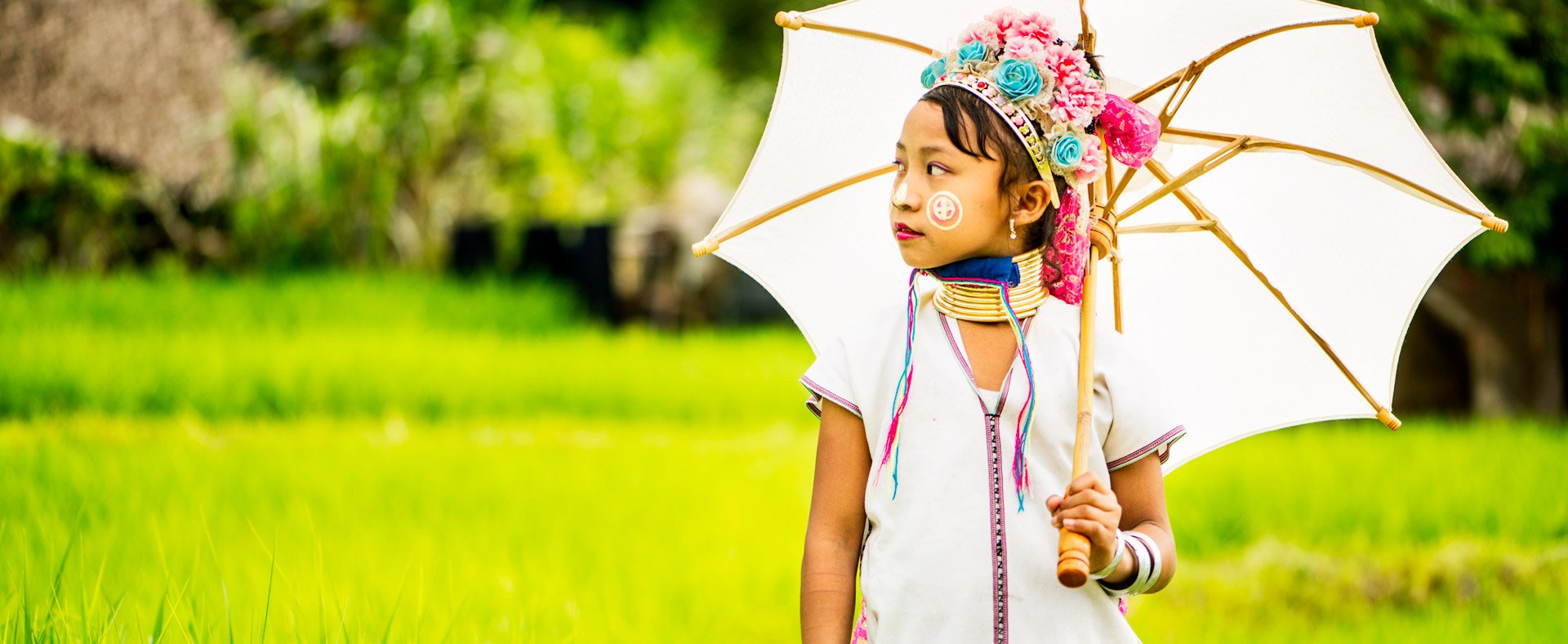
Should I Get A Camera?
If you’re thinking about camera phone vs digital camera consider both technologies are advancing at terrific rates. As iPhones become better, so do Nikons, Canons, Sonys and every other type of camera. If you are serious about enjoying photography you should buy a camera.
More people than ever in history are taking photographs. Most are content to use the camera on their phone because it’s convenient and easy to manage. Some are realizing how limiting phone cameras are. They are discovering the joy and the difficulties of using a real camera.
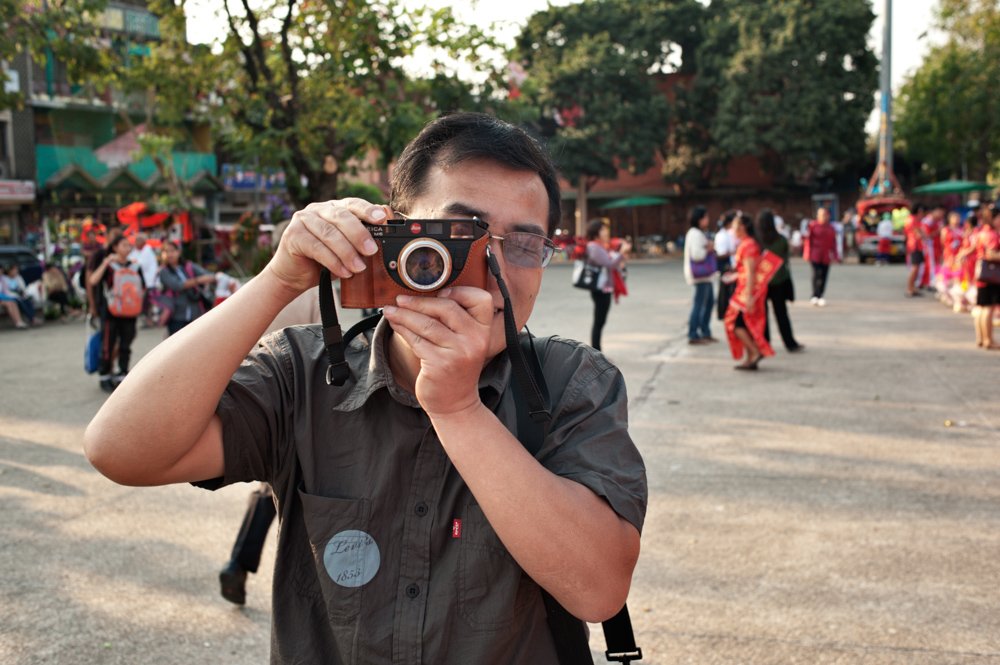
Cameras on phones are made to take snapshots. The main reason they are used more than DSLR or mirrorless cameras is because they are convenient. Even though camera technology in phones has advanced they are not capable of the quality and creativity you can master with a real camera.
It requires an investment of time and money to use a camera, but the results you can achieve are well worth it. I’m not suggesting you stop taking photos with your phone. Cameras and phones compliment each other.
The convenience of a phone means it’s worth learning to take good photos with it. The quality of the image produced by a camera means you will feel much more satisfaction when you commit to learning to use it well.
There’s no point in buying a decent camera and not learning to use it properly. Many people will glance at their manual after purchasing a camera and leave it at that. A short while later the camera is sitting in its bag unused. Getting a feel for your new camera takes time and effort and is most enjoyable. But you must make the time and also learn how your camera works before you can start taking great photos with it.
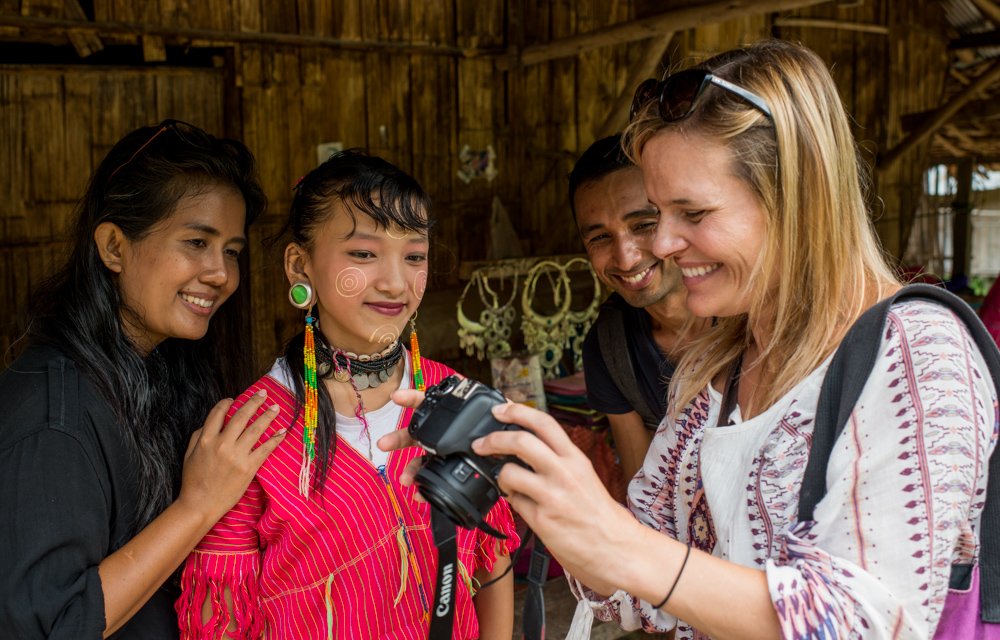
How To Transition from Using Your Phone to Using a Camera
It takes time, study and practice. Check out this video to learn more and check out this step by step guide on how to make the transition from taking photos with your photo to using your camera effectively.
Learn to Use Your Camera Well
Like any creative art form, study and practice are required. If you want to paint masterpieces or learn to play a musical instrument, you must commit to learning how. It’s the same with becoming a photographer. Whether you want to use your camera in your free time or become a professional photographer, you must study.
Master Your Camera – Master Your Creativity is an online course. It’s designed for beginners and intermediate photographers. This course will help you learn photography essentials in a straightforward manner.
This course will take you through the essentials of learning how to control your camera and get the most out of it. It’s important to apply what you learn. So I’ve included practical exercises throughout the course. These will help you understand and remember the basics of photography.
I also provide photographer mentoring programs. This is one of the best ways to accelerate your learning process. Being guided by over 35 years of experience will help you achieve better results. Mentoring includes regular photography assignments and critiques.
Combining online study and mentoring sessions will help you get the most from your camera.
Further Reading
If you’ve enjoyed this article you will enjoy reading my step by step guide on making the transition from phone to camera – How to Start Taking Photos with Your Digital Camera.
You’ll probably also love my course on how to make the switch from taking photos with your phone to taking photos with a camera. You can check out the course by clicking here.

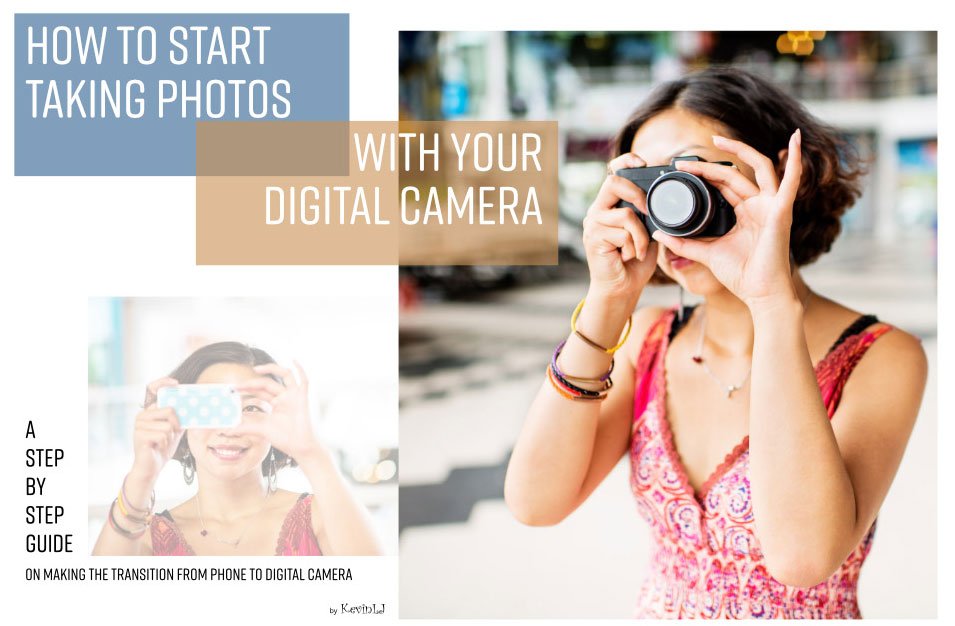
Finally we reach to the point where we decide a phone’s capability by its camera.